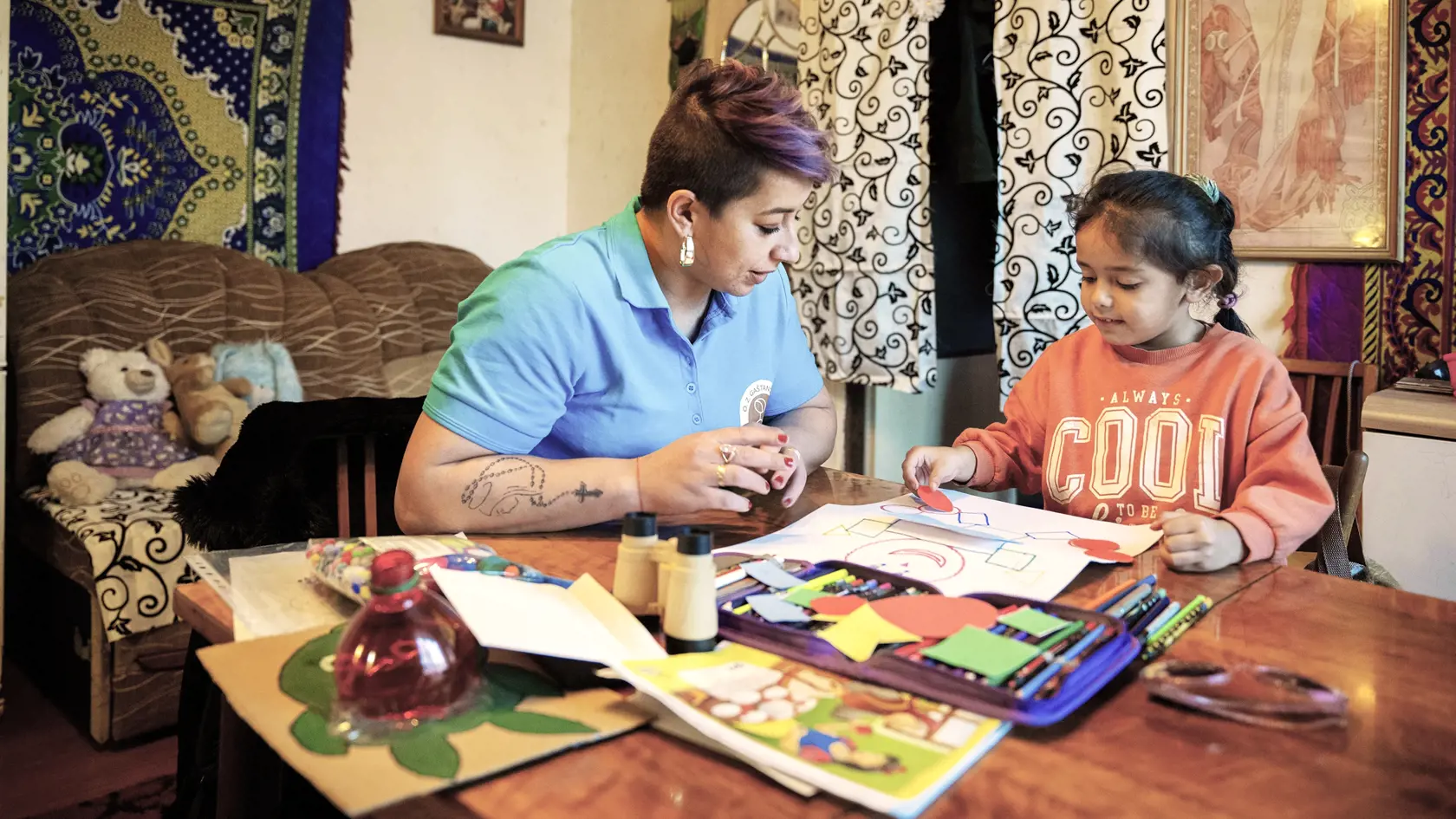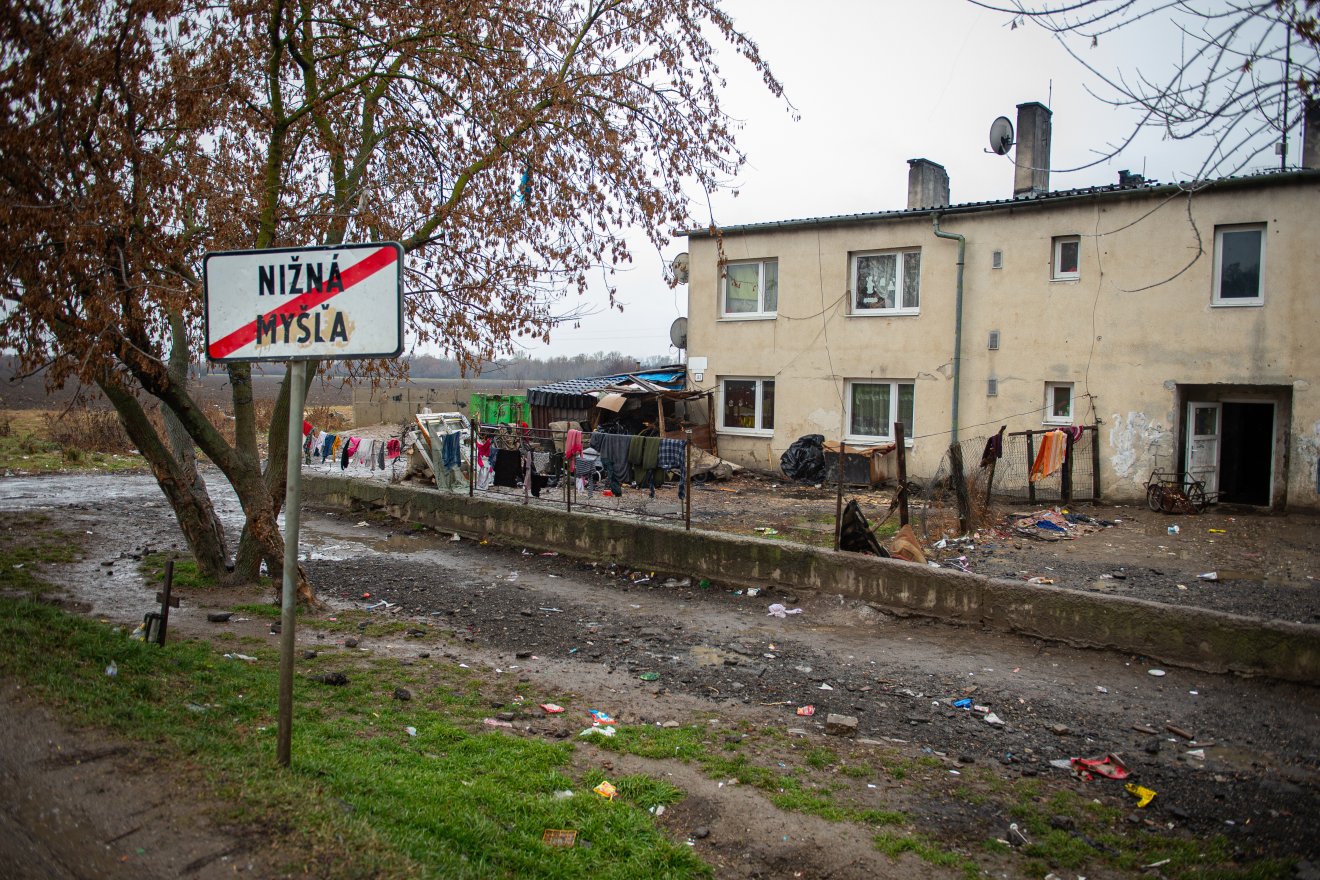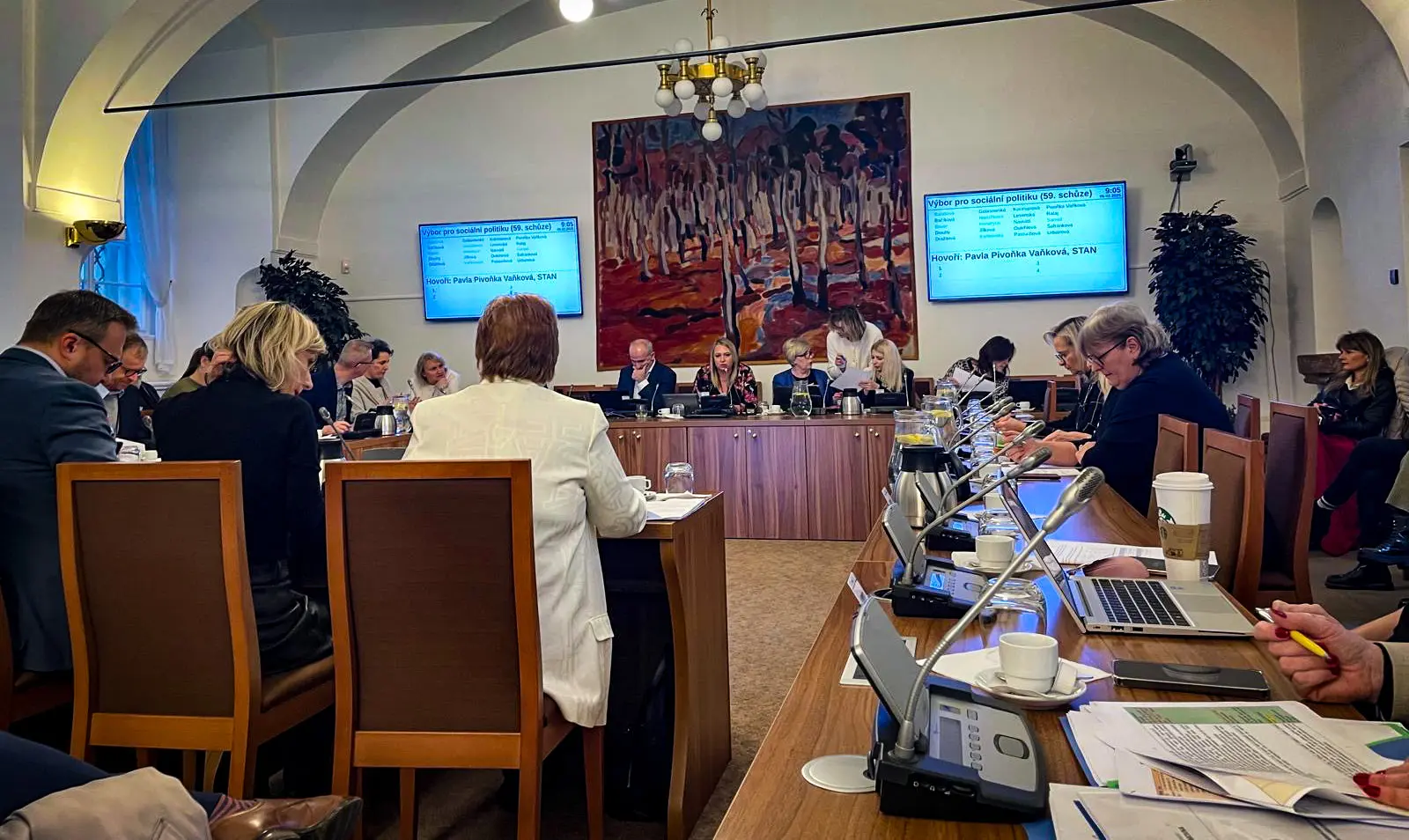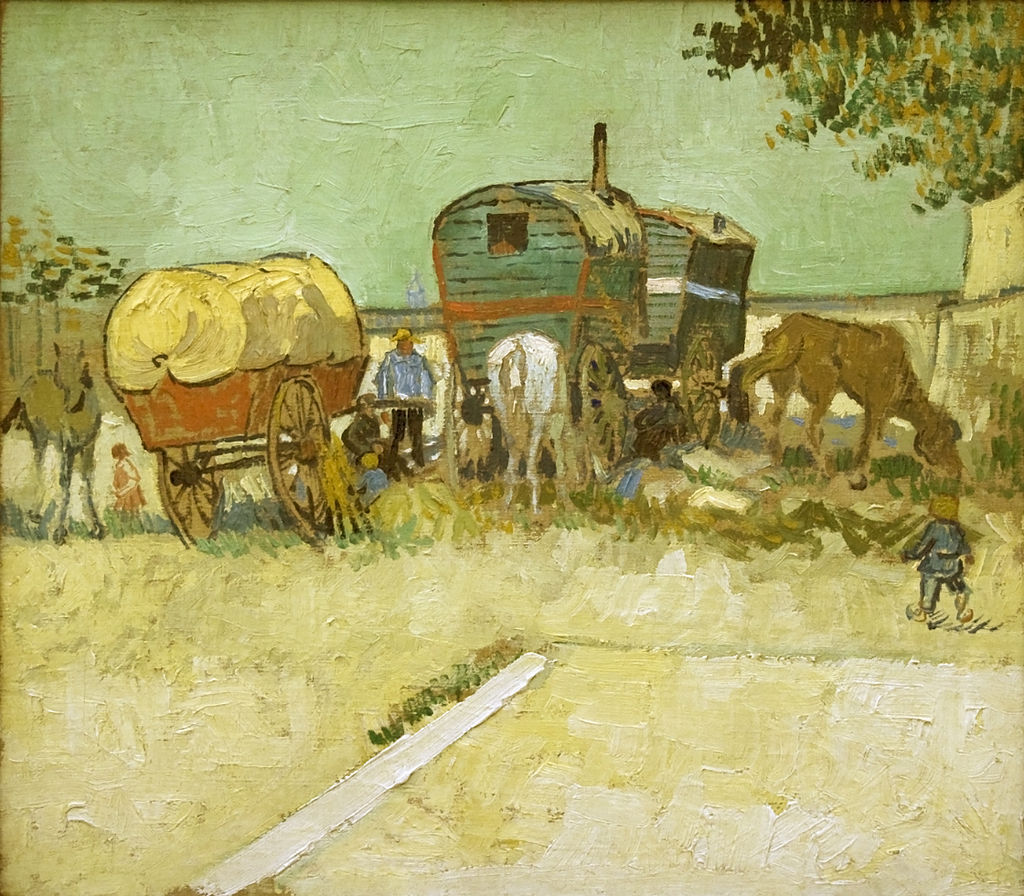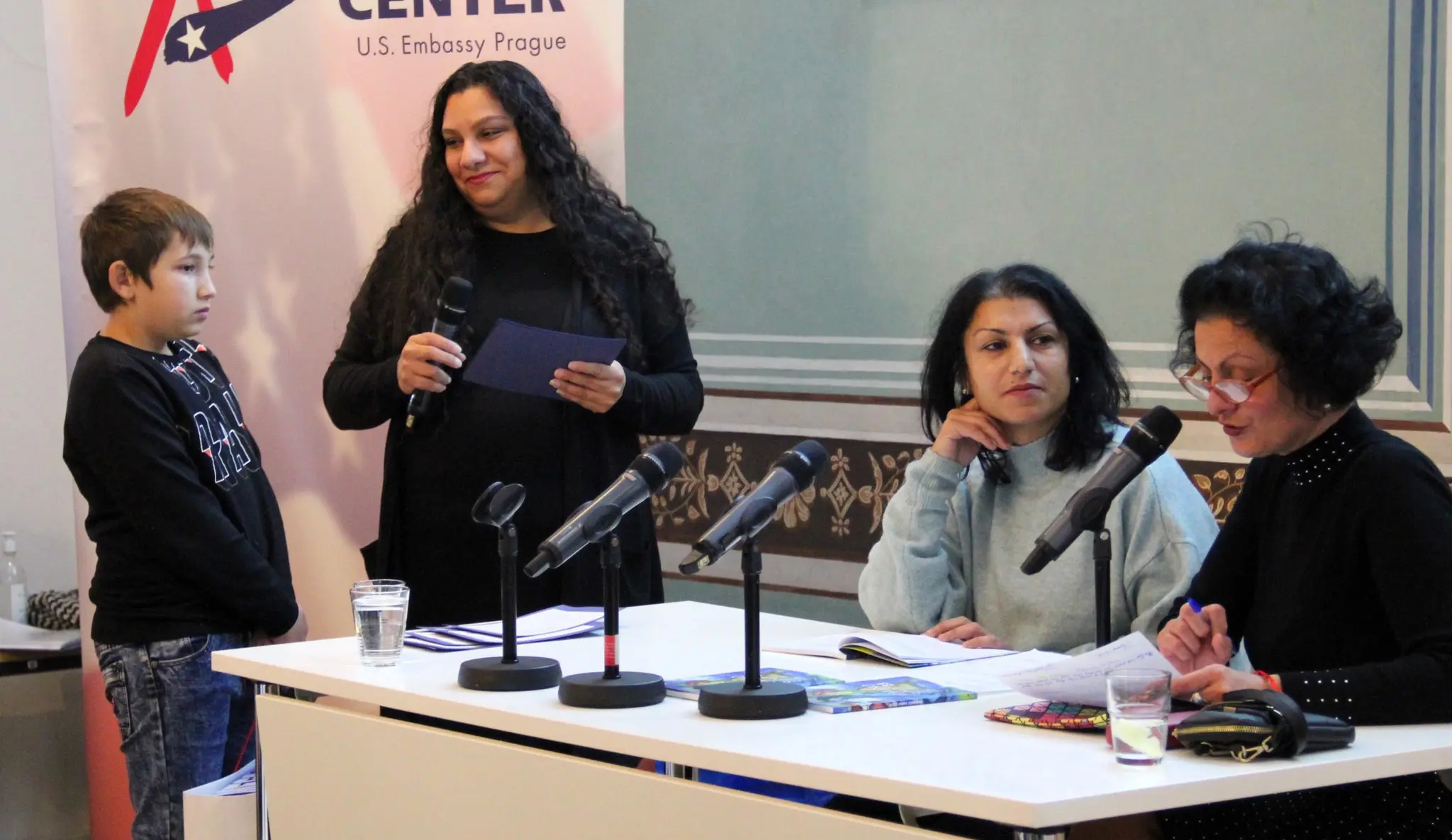Edwards Said’s seminal book “Orientalism” is a convenient tool to more clearly understand how knowledge about Rroma is produced and how it affects the live worlds of Rroma people in Western and Eastern Europe. It is another example of discourse analysis, and offers insights into structures of power that are involved when producing knowledge about other people.
Said examined (1978/2010) how the Orient has been portrayed and constructed by Western science in form of Orientalism. How did and does Orientalism describe the Orient and how do these bodies of knowledge work back onto reality? Said wants Orientalism to be seen as knowledge that is embedded in postcolonial power relations. East and West are seen as concepts that define themselves in relation and against each other. The Orient has been used to define it as the counterpart, the anti-idea, and counter experience to the West. Said understands the Orient as well as the Occident as constructed terms, that continue to change their meaning. Through the institutionalization of thinking about the Orient, Orientalism continually legitimized itself as the dominant, ‘true’ tale about the Orient. The term ‘Orient’ in contrast to Orientalism is used to refer to a perceived reality of what life in the Orient is like. Said distanced himself from claiming to say how the orient was really like. What he wanted to do is to deconstruct how Orientalists talked about the Orient, and how their knowledge has nearly always been part of unequal power relations between societies and people. Said disenchants the knowledge of the Orientalists as portrayals, which run the risk of ascribing labels of value and race, which leads to the domination and disciplining of people through this portrayals.
Also the case of how Rroma are portrayed in media, by politicians and in oral culture, mostly refers to a dominant ‘tale’, similar to what Said called Orientalism. One could term it ‘Antiziganism’, but it is important to understand that the dominant tale about Roma – disseminated by lots of people – doesn’t sees itself as racist, but as representing the truth, even though it reflects stereotypes and is racist. This dominant ‘tale’, taking its knowledge from centuries of passed down prejudices, negative interpretations and mixing of identity with political issues, succeeds in dominating the way in which many people see Rroma. Many journalists take their information from oral culture and print stereotypes as ‘scientific reality’, mixing criminal actives and questions of ethnic belonging, even though there is no connection between them. Rroma who engage in criminal activities or how live in slums dominate media coverage, silencing all the other positive aspects of Rroma identity. There are no news reports on successful Rroma how live well adjusted in their society, work as a lawyer, as a bank clerk or as a writer. In Switzerland there life around 50’000 Rroma, from whom the most are well integrated, work and engage in their everyday activities. Because of the domination of negative stereotypes, most of them keep their identity a secret.
Source:
- Said, Edward (1978/2010) Orientalismus. Frankfurt am Main: S. Fischer Verlag.


